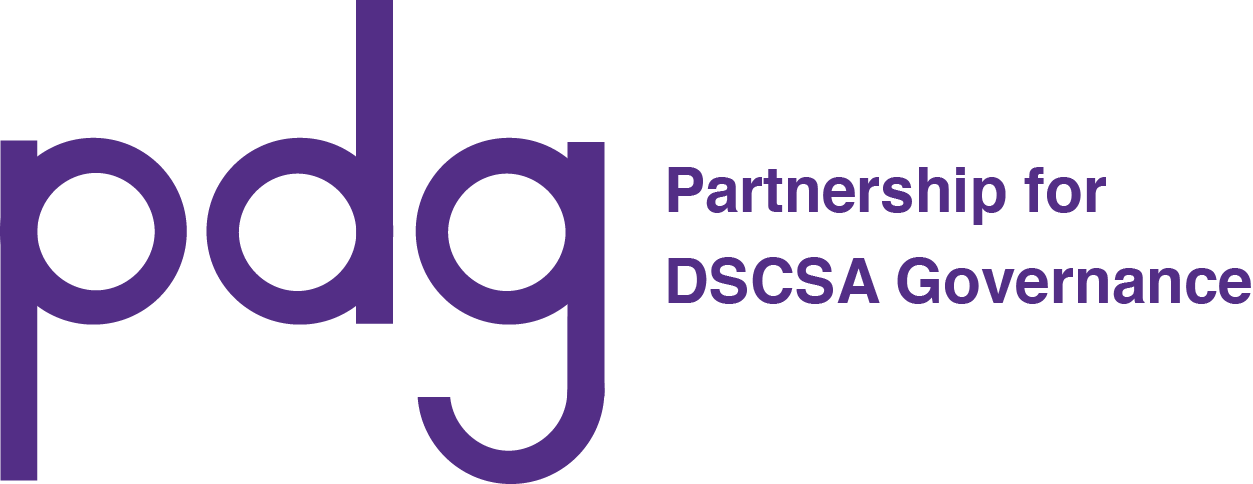Over the past quarter, the Partnership for DSCSA Governance (PDG) has worked with its membership and the FDA to further define a vision for 2023 interoperability. Specifically, PDG has worked through its Interoperability Committee and four (4) accompanying committee work groups—discussed in more detail, below—to further define its 2023 vision for interoperability.
In Q1 2021, the Interoperability Committee, with the participation of the FDA, continued its work aimed at presenting a comprehensive, consensus-based industry blueprint for the secure, electronic, interoperable unit-level tracing, verification and reporting (i.e., interoperability) as required by the DSCSA. This work involved, among other things, building consensus-based business requirements for 2023 interoperability—including defining business and compliance terminology and developing key use cases which clearly identify the minimum requirements for stakeholders choosing to follow the PDG model. The Committee also worked this last quarter towards defining rules around the necessary governance for assuring that any industry consensus requirements and functionality are maintained in a sustainable fashion to foster continued DSCSA compliance.
Within the Interoperability Committee, PDG members continued to execute on the detailed business requirements for 2023 interoperability within four (4) work groups. The committee work groups include the (1) Credentialing and User Authentication Work Group; (2) Serialized TI/TS Data Exchange Work Group; (3) Verification Architecture Work Group; and the (4) Tracing Architecture Work Group.
Over the last quarter, the output from these committee work groups has been synthesized by the Interoperability Committee into the overall 2023 vison for compliance. In particular, the Credentialing and User Authentication Work Group addressed over the last quarter the complex but crucial task of defining a standardized approach by which stakeholders (e.g., manufacturers, wholesalers, and dispensers) will be able to reliably and securely identify their organizations in an electronic environment. For example, the work group has considered how an authorized trading partner (ATP) will best demonstrate and prove to other ATPs that they are duly licensed or registered as required by the DSCSA when exchanging data.
The Serialized TI/TS Data Exchange Work Group has focused on defining the data formats (by reference to existing standards) needed to efficiently exchange transaction serialization data to enable interoperable electronic verification and tracing. Defining expectations for aligning physical supply chains and virtual supply chains has also been discussed in detail by the work group—including how best to implement aggregation and inference practices to maintain the quality and integrity of supply chain data.
The Verification Architecture Work Group continued to define systems and processes by which ATPs can best implement the requirement to verify product in an interoperable, with a particular emphasis on direct-to-replicate verification methods. Additionally, the work group discussed in detail the expectations around managing events that change a product’s fitness for distribution.
Finally, the Tracing Work Group worked to further develop a reliable framework for retroactively, interoperably, and securely tracing the chain of ownership of a drug package through the drug supply chain. This work has included detailed discussion about how ATPs can best collaborate to meet DSCSA tracing requirements, including conversations focused what outputs can be obtained from the tracing process by whom for what purpose.
The general work of PDG, in partnership with FDA, during Q1 2021 was intended to further develop, advance, and sustain an effective and efficient model for DSCSA compliance.
